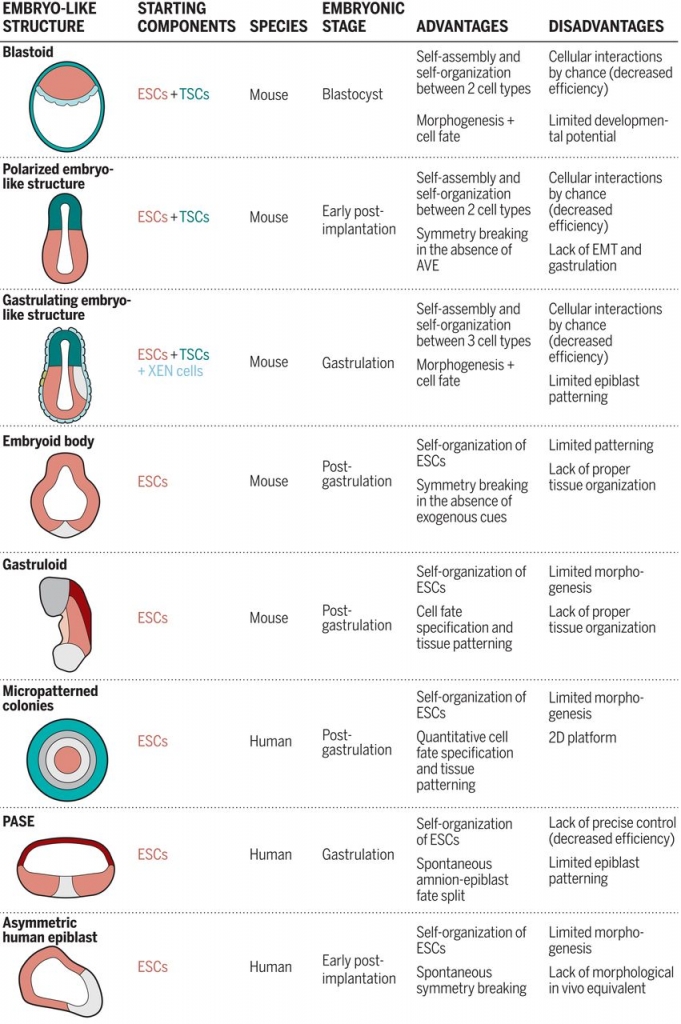We’ve all heard the ancient expression that “the only constant in life is change.” While this phrase was first spoken about 2500 years ago, it is a remarkably insightful way of describing the most important aspect of policymaking; being able to adapt to a changing landscape.
NIH strives to ensure our policies keep pace with the science we support, and as policy professionals we work hard to anticipate the future while developing meaningful policies capable of supporting the present. Naturally, this is easier said than done. Complicated issues rarely are resolved on the first go-round and scientific opportunity and community expectations evolve over time. Nuance, flexibility, and community experience are all necessary ingredients in evaluating the impact of a policy and its future course. An interesting case study to illustrate this point can be found in the 2014 NIH Genomic Data Sharing (GDS) Policy.
For those of you who have been in the game for a while, you will remember that the GDS Policy was born out of the successes of the 2007 NIH Genome-Wide Association Study Policy. In the roughly seven years between the release of the GWAS Policy and the formulation of the GDS Policy, much had changed. Genome sequencing burgeoned and repositories for accepting and sharing genomic data proliferated. Additionally, the intrinsic value of one’s genome became increasingly apparent, and more protections were afforded through two landmark laws (the Genetic Information Non-Discrimination Act and the Affordable Care Act). When NIH looked at the impact of the GWAS policy, we saw substantial productivity as an important result. At that point we began asking ourselves “how do we leverage these results to meaningfully improve health?” From there, the GDS Policy was born.
Now in the seven years since the GDS Policy has been issued, it has proven remarkably resilient in evolving with the science. The Policy has kept pace with the increase in cloud computing, the emergence of novel methods to reduce the burden associated with accessing human genomic data, and a reassessment of the risks and benefits of sharing genomic summary results. With that said, even the best policies can only accommodate a rapidly changing field so much through clarifying guidance documents. The framework of the GDS Policy is continually tested by new trends in the field.
Some updates to the GDS Policy are common sense. For instance, the NIH Data Management and Sharing Policy, due to take effect in January 2023, necessitates consolidating and simplifying NIH’s data sharing expectations to minimize the burden of the compliance. However, some are more complex. For instance, the growing demand to investigate the social determinants of health may benefit from access to data elements that NIH has not historically permitted to be submitted and shared through NIH genomic data repositories. Additionally, new technology for preserving participant privacy while facilitating records linkage may open the possibility of matching participants’ data from genomic studies with other studies or even non-research data.
What does this all mean for the future? This is where YOU come in. Today, NIH released a “Request for Information on Proposed Updates and Long-Term Considerations for the NIH Genomic Data Sharing Policy.” This is your opportunity to help us shape the future of the GDS Policy. Stakeholder input is the key to ensuring that NIH strikes the right balance when updating the GDS Policy. Comments will be accepted until February 28, 2022. The full RFI and instructions on how to comment may be found here. I am very excited to hear your thoughts on how we can best serve the needs of the research community!
Dr. Lyric Jorgenson is the Acting Associate Director for Science Policy and Acting Director of the NIH Office of Science Policy. While the Under the Poliscope blog is under new authorship, it will continue to be a direct link between OSP and our stakeholders. Please feel free to comment below on how we are doing. Also, to learn more about Lyric, please visit here.
Posted by Dr. Lyric Jorgenson, December 1, 2021






